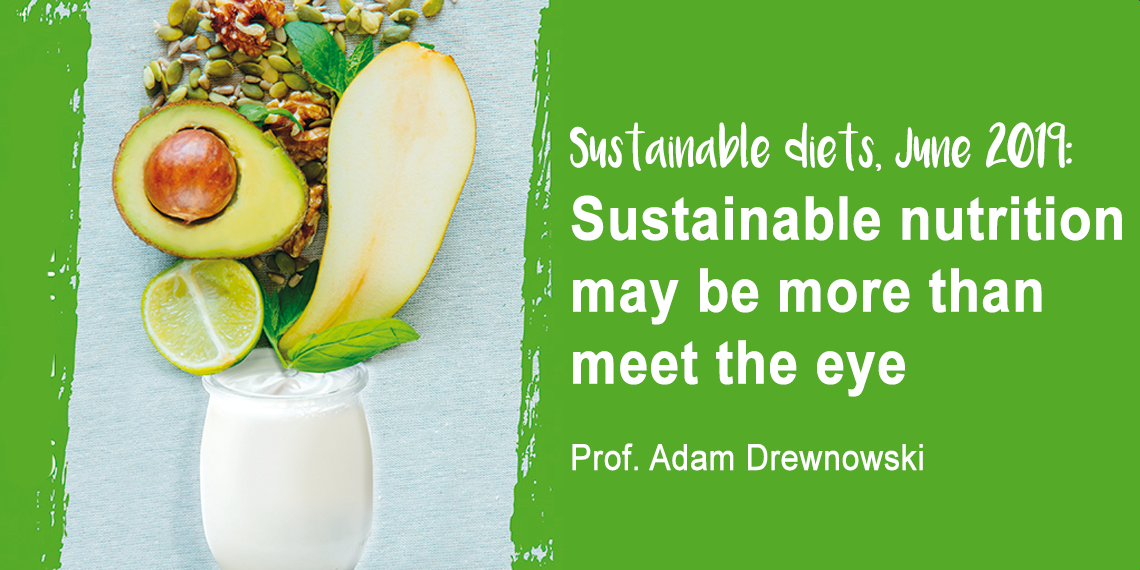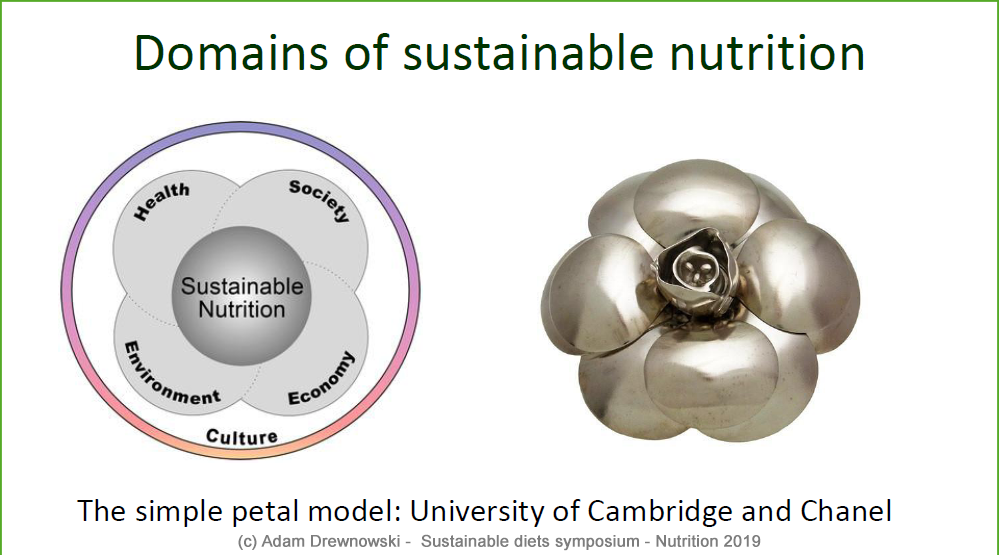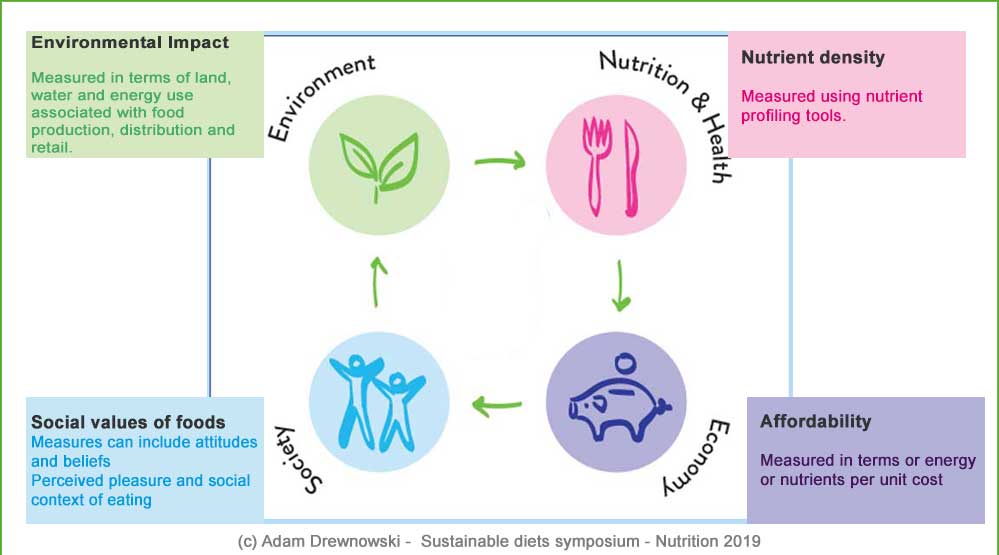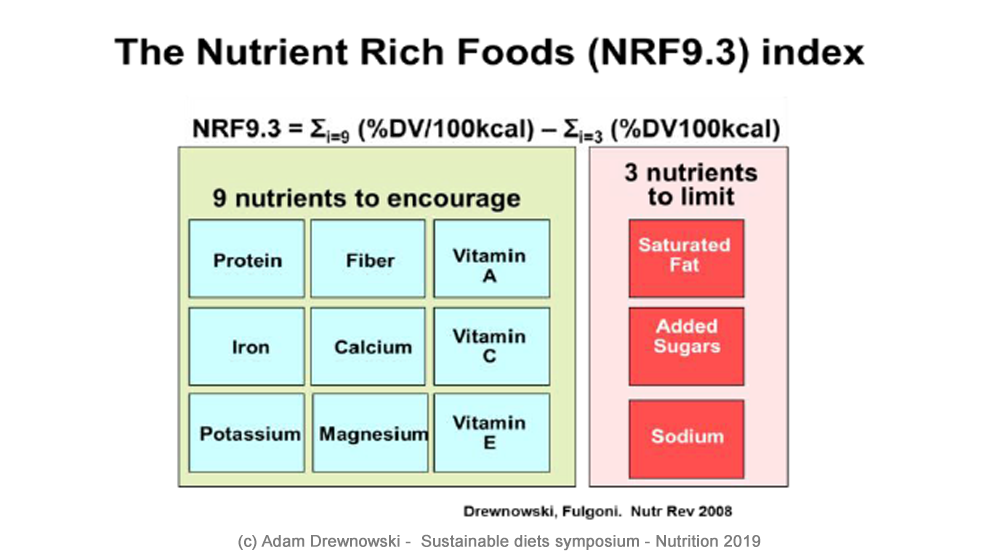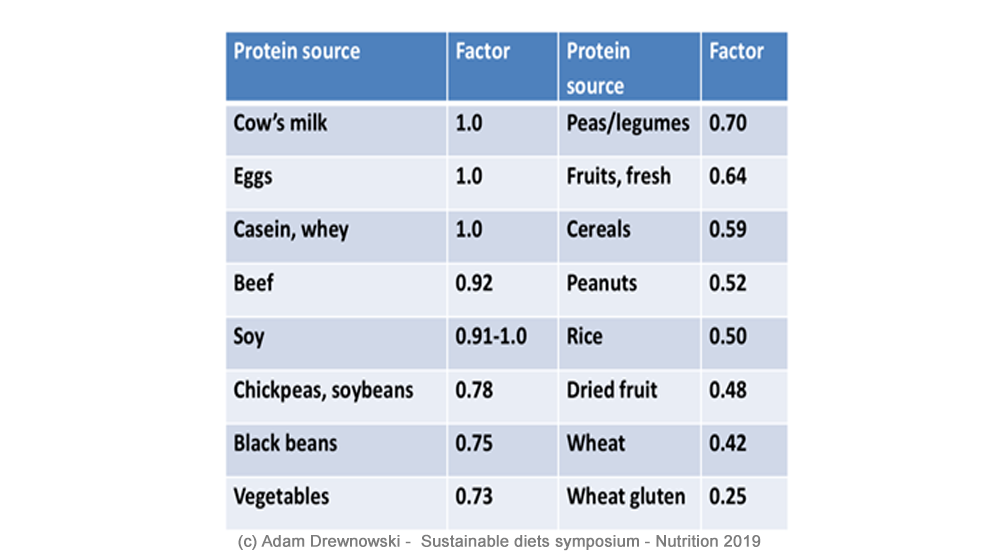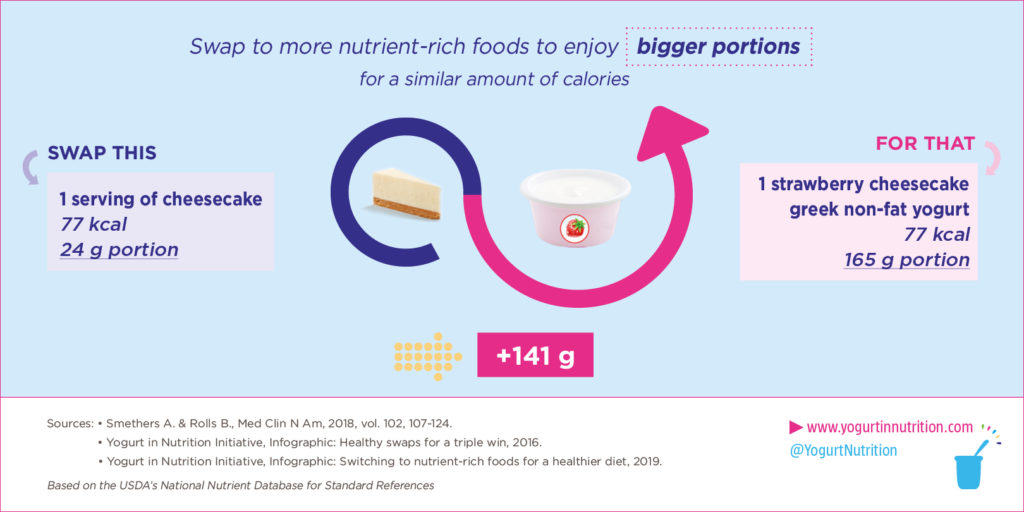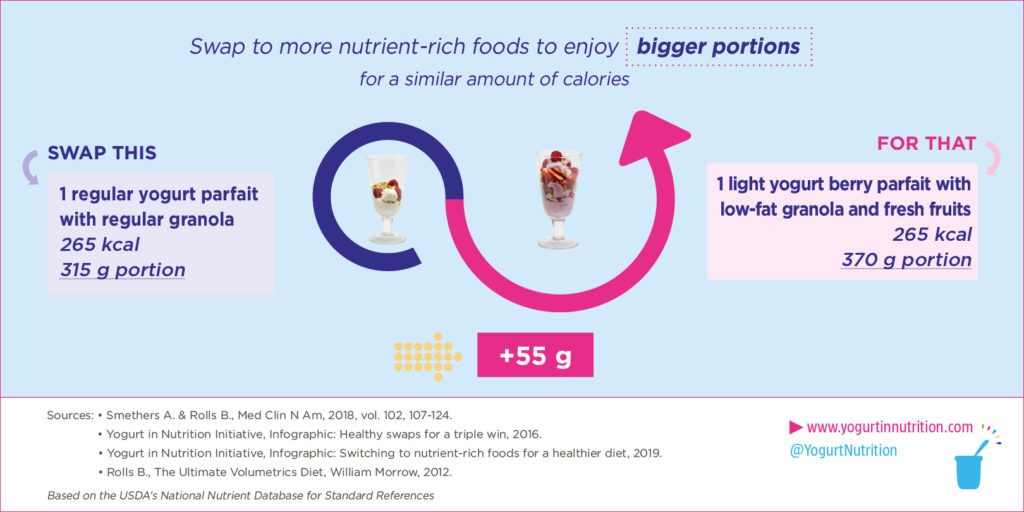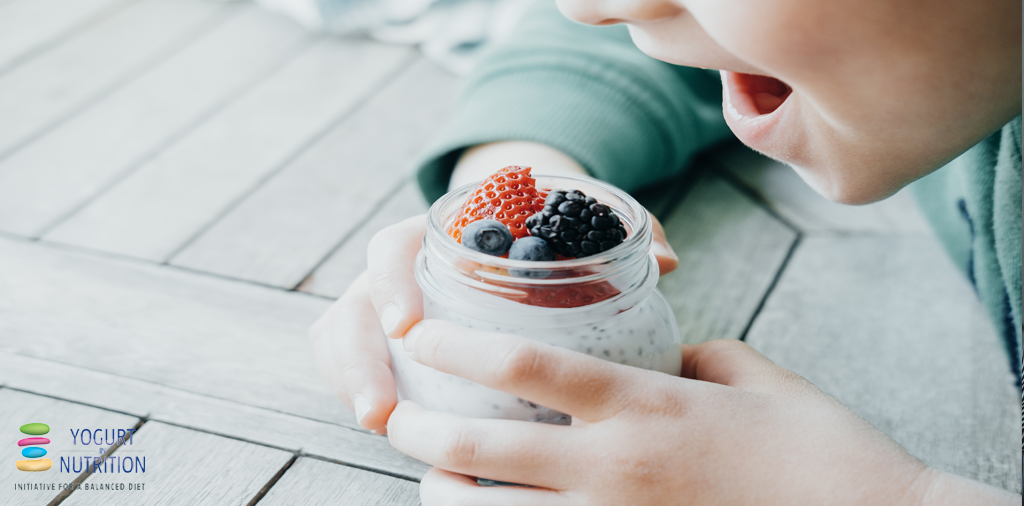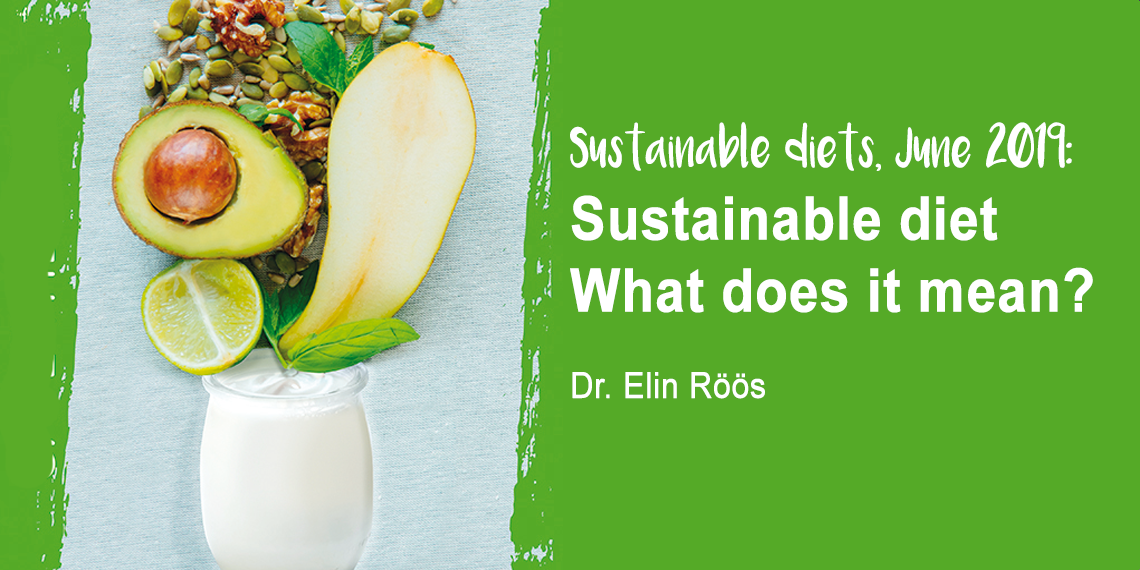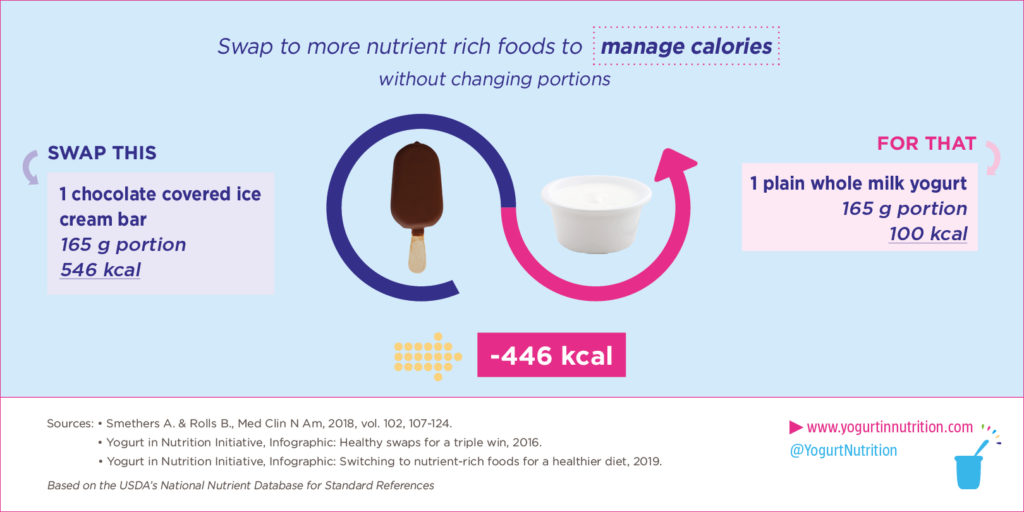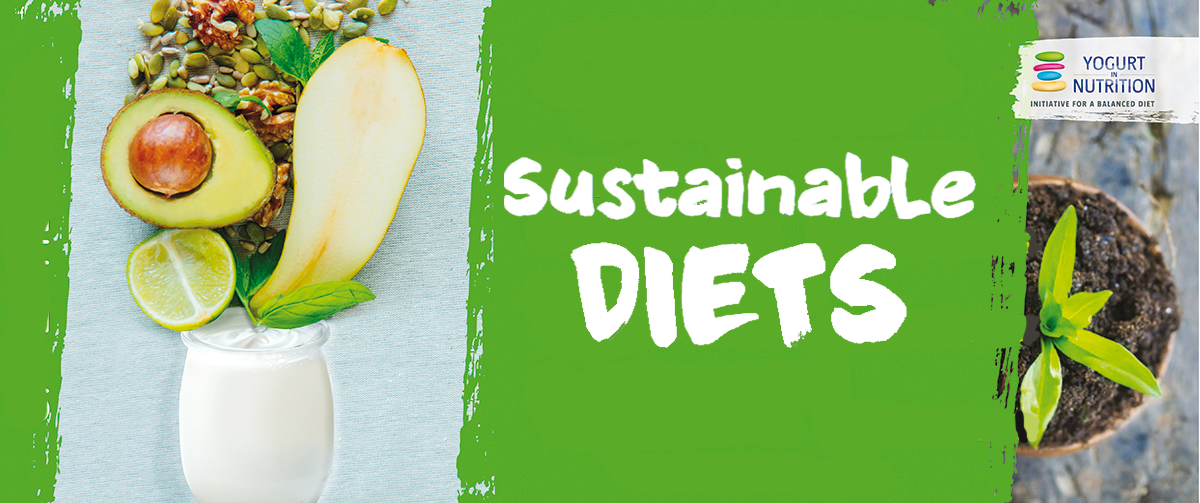Who wouldn’t want to live longer, feel healthier and protect the planet at the same time? We can achieve all this, but only if we act fast, warns this landmark report. We must re-think the food we eat and how it’s produced – in fact, we need nothing short of a Great Food Transformation.
The plea comes from an international body of experts known as the Eat Lancet Commission. Representing 16 countries, the Commission was set up to help tackle one of the biggest challenges facing humankind today – how to feed our burgeoning global population in a way that promotes our health while protecting our environment from the ravages of our food system.
In its at times controversial* report, the Commission provides global scientific targets for healthy diets and sustainable food production. From these, researchers can identify which diets are best to protect our future and how they can be produced to reach the sustainability goals set by the United Nations and the 2016 Paris Agreement on climate change.
Together, we can create a win-win food system
By 2050, the world’s population is predicted to have soared to 10 billion. Already, 820 million people go hungry and many more eat an unhealthy diet leading to chronic diseases and shortened lives. If left unchecked, the problem will only get worse as the population grows, with the risk of sliding into a future where more and more people suffer from malnutrition and preventable disease.
But the good news is that it’s possible to develop win-win diets for everyone, allowing us to nurture both our health and the health of our planet, the Commission believes. This gives us a window of opportunity that could result in major health benefits. Globally, such a dietary shift could prevent about 11 million deaths per year – between 19% to 23.6% of total deaths among adults.
But this can only be achieved if we as individuals and our governments act immediately to introduce changes to our food system – on a scale that has never been seen before, says the Commission.
‘Humanity has never aimed to change the global food system on the scale envisioned in this Commission.’ –Willett W et al, 2019.
Plant-based foods should feature strongly in our diet
So what can we do as individuals to achieve these benefits? The Commission recommends that we eat a plant-based diet of vegetables, fruits, whole grains, nuts and legumes. It can include a moderate amount of dairy products, a low to moderate amount of seafood and poultry, but no or only a small amount of red meat or processed meat.
We should choose unsaturated rather than saturated fats, and drastically cut down on added sugars and refined grains, advises the Commission.
Overall, switching to healthy diets by 2050 will require halving global consumption of unhealthy foods, such as red meat and sugar, while doubling the amount of plant-based foods we eat.
The Commission proposes a healthy dietary pattern with ranges of intakes for each food group, giving flexibility for it to be tailored to different regions. Hence the diet can be adapted to make meals that fit with local cultures and cuisines around the world, it says.
Food production must cut its carbon footprint
For food production to be sustainable and support our growing population, it must operate within limits that are safe for the environment, says the Commission. That means agriculture should not be allowed to expand into any more land than it already occupies, so that it doesn’t encroach further on forests and other natural ecosystems. Preserving these natural environments is essential for preserving the planet’s biodiversity. Agriculture should also cut down on its use of water and of pesticides.
Oceans and fish farms should also be managed to ensure that there’ll be enough fish in the sea to feed our future generations.
Overall, the Commission calls for our food production to aim for zero carbon dioxide emissions and it should cause no further increase in other greenhouse gases, such as methane.
Food losses and waste should be at least halved, says the Commission. This will require changes in food transport, processing and packing, as well as informing consumers.
A global transformation to a plant-based diet will relieve pressure on the planet’s resources, argues the Commission. Livestock production tends to use more resources than plant-based foods.
‘Achieving healthy diets from sustainable food systems for everyone will require substantial shifts towards healthy dietary patterns, large reductions in food losses and waste, and major improvements in food production practices.’ – Willett W et al, 2019.
Controversy over the Eat Lancet report
The Eat Lancet report is one of several pioneering studies aiming to identify how best to manage our food systems to secure our health and the health of our planet.
The Eat Lancet recommendations have been challenged, as reported in a recent BMJ news article. The article describes concerns that global uptake of such a diet could lead to loss of livelihoods for people who work in livestock farming and potentially lead to economic downturn, especially in developing countries; it could also threaten traditional diets and has questionable scientific basis, according to quotes in the BMJ article.
These concerns are refuted by authors of the EAT Lancet report who say it is based on latest scientific evidence for healthy diets and offers flexibility to adapt to local diets. According to Eat Lancet, moving towards the healthy reference dietary targets would increase total dairy consumption across most of the developing world and the average intake of red meat would increase in South Asia and remain similar to today’s average per capita consumption in Africa, the BMJ reports. See further responses sparked by the BMJ article, which itself has been challenged by Eat Lancet authors.
Find out more: read the Eat Lancet original article.
Read more about flexitarian diets, which are largely plant-based but include the option to eat modest amounts of animal-source foods. Experts see the flexitarian diet as a flagship of sustainable diets for people all over the world.
Source: Willett W, Rockström J, Loken B, et al. Food in the Anthropocene: the EAT–Lancet Commission on healthy diets from sustainable food systems. Lancet. 2019;393(10170):447-492.


